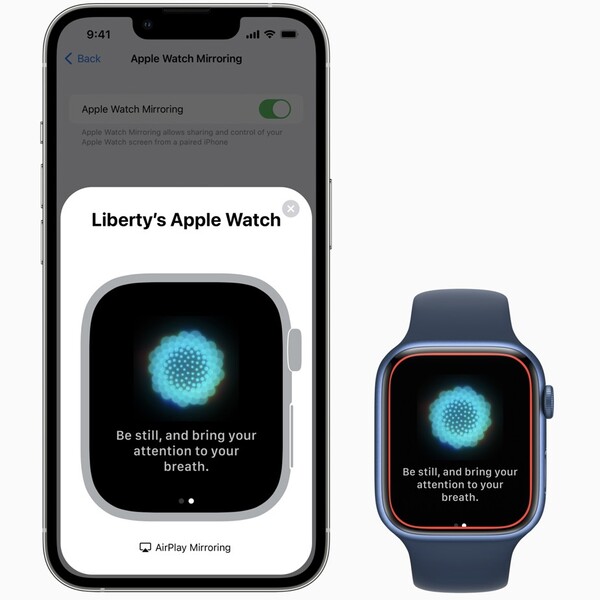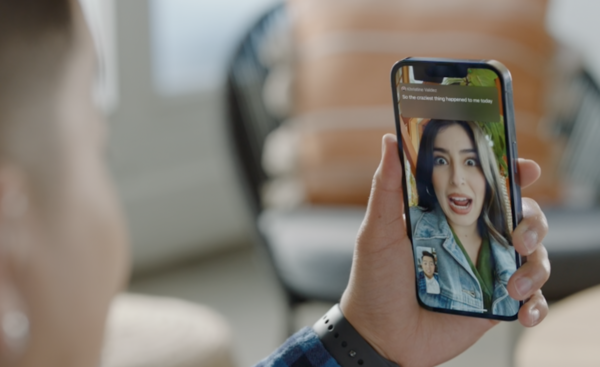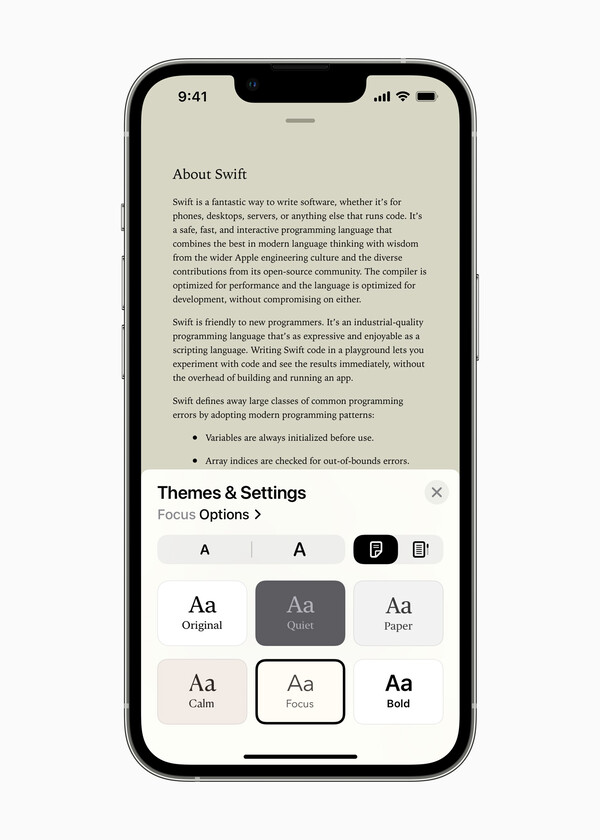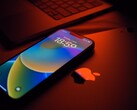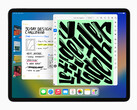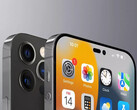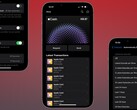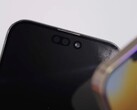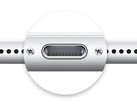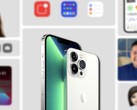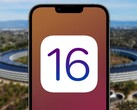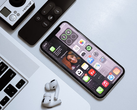iOS 16: 4 innovative accessibility features that are changing the landscape
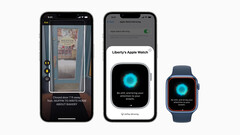
1. Door and people detection
Soon to be available on the iPhone 12 Pro and iPhone 13 Pro lineup of iPhone devices, Detection Mode will allow blind or low-vision individuals to locate doors and people by using the Magnifier app. The feature will additionally extend to Apple’s other LiDAR-enabled devices including the iPad Pro 11-inch (2nd and 3rd generation) and iPad Pro 12.9-inch (4th and 5th generation).
Door detection will help users locate a door upon reaching their destination by providing important attributes, including whether a door is open or closed, push or pull, room/office numbers, and how far away a door is from the user.
The same machine-learning tech, which works in conjunction with the camera and LiDAR scanner to provide context on surroundings for visually impaired individuals, also enables people detection. In its press release Apple states that people detection will help low-vision individuals “navigate and access rich descriptions” about the world around them.
2. Remote control for the Apple Watch
Those with motor and physical disabilities will soon have the option to navigate their Apple Watch by mirroring its interface to devices with larger screens such as the iPhone.
As alternatives to tapping the display on the Apple Watch, Voice Control and Switch Control offer a wider range of input methods suited for a variety of users. Apple Watch Mirroring will be available on Apple Watch Series 6 and later.
3. Live Captions for video chat and video streaming
Available on the iPhone 11 and later, Live Captions will allow members of the deaf and hard-of-hearing community to read what is being said inside social media apps and during video-conferencing calls, including on FaceTime.
This feature, which utilizes machine learning to automatically transcribe captions based on spoken content in real time, will also be available on Macs with Apple Silicon and iPad devices powered by the A12 chip and later.
Live Captions are powerful enough to use during group calls, and a uniquely helpful feature on the Mac will allow people with hearing disabilities to type responses in real time that will be read aloud by the system during video calls.
4. Themes for Apple Books
In a future version of Apple Books, users will be able to choose from six new themes with preset attributes for fonts, page color, text size, character, line, and word spacing.
For an even more accessible reading experience, users will additionally have the option to customize styling options such as text bolding to increase legibility.





